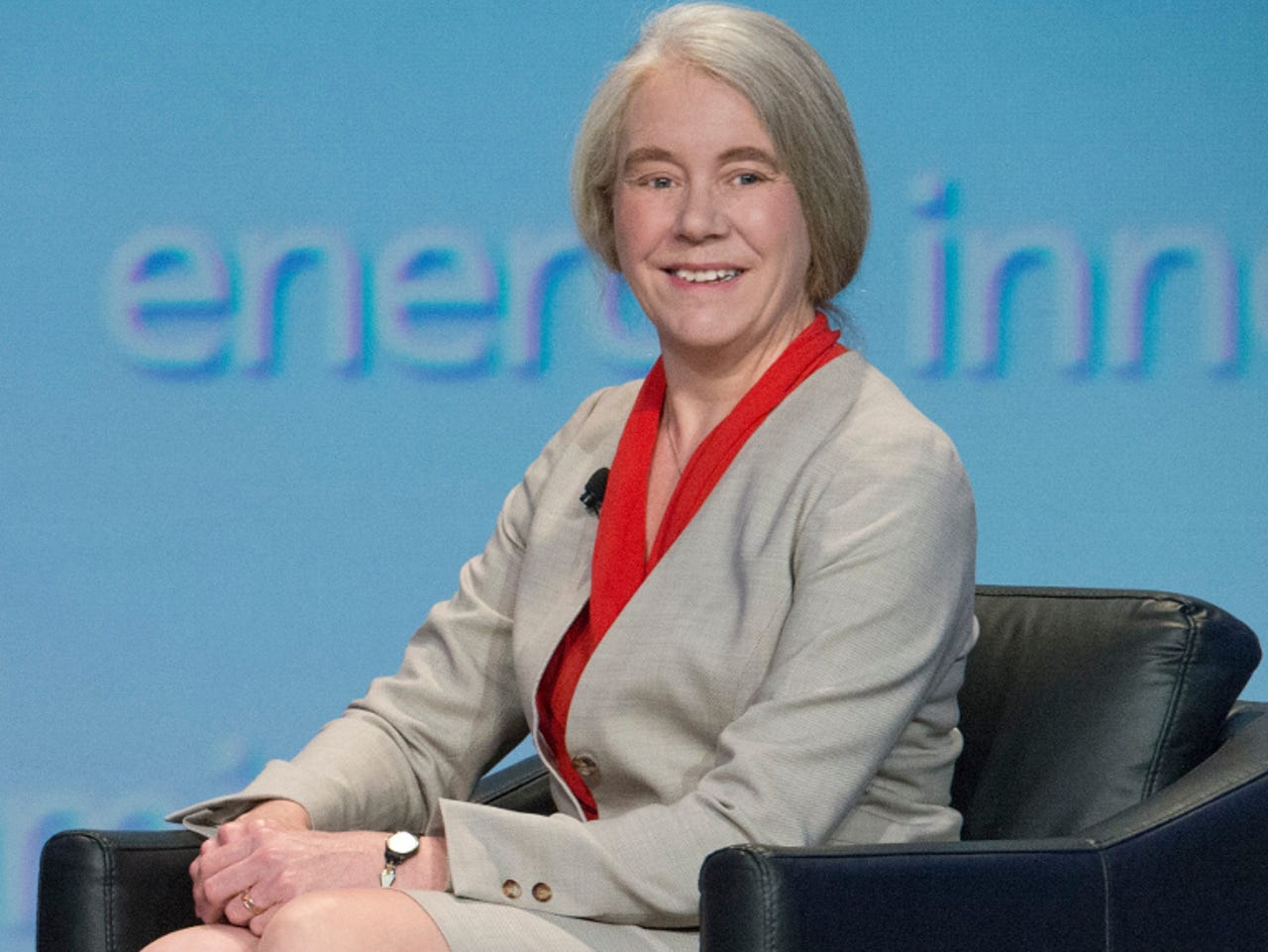US government: We've found 'holy grail' of grid-scale battery tech


DARPA-E director Ellen Williams: We can create a totally new approach to battery technology.
The research arm of the US Department of Energy (DoE) claims to have discovered game-changing energy-storage technologies that could accelerate the uptake of clean energy and make everything from smartphones to electric vehicles run for longer.
Ellen Williams, director of DoE's Advanced Research Projects Agency-Energy (ARPA-E), says it has achieved several breakthroughs in energy-storage technology that could transform the electrical grid.
"We have reached some holy grails in batteries -- just in the sense of demonstrating that we can create a totally new approach to battery technology, make it work, make it commercially viable, and get it out there to let it do its thing," Williams told The Guardian.
ARPA-E, which is modelled on the more widely-known Defense Advanced Research Projects Agency (DARPA), gained its first funding in 2009 under Barack Obama and formed part of the government's stimulus plan.
The group is tasked with supporting "transformational energy projects" and, according to Obama, 45 ARPA-E backed projects have now secured more than $1.25bn in private-sector funding. ARPA-E has invested about $1.3bn across 475 projects over the past seven years.
President Obama recently proposed doubling funding for clean-energy R&D to $12.8bn by 2021, which would also include tripling ARPA-E's budget to about $1bn in 2021.
Ahead of its annual conference this week, ARPA-E published a full list of the companies and university research groups that it has backed.
While the emerging companies cover a range of energy technologies, Williams said that energy storage is the area where ARPA-E has "delivered big time", pointing to the most promising technology being in large-scale energy-storage systems.
Several industries are on the hunt for a technology to surpass today's lithium-ion batteries used in smartphones and electric vehicles.
These technologies, she said, have the potential to transform utilities and create micro-grids for use by the military and in disaster relief.
One project is exploring an all-iron flow battery to store renewable energy efficiently for later reuse on the grid.
ARPA-E has also backed a Stanford University project that is working on an all-electron battery, which stores energy by moving electrons rather than ions and employs a different structural design that it says could boost the amount of energy the battery can store and reduce degradation. It's targeting the electrical vehicle market.
MIT has also been granted $6.9m to develop a 'battery for the neighbourhood' that contains liquid-metal electrodes and a molten-salt electrolyte.
"Because metals and salt don't mix, these three liquids of different densities naturally separate into layers, eliminating the need for a solid separator. This efficient design significantly reduces packaging materials, which reduces cost and allows more space for storing energy than conventional batteries offer," MIT notes.
Yet another battery project that has gained $5.4m in funding comes from PolyPlus, which is developing a lithium-air battery, which it says can store nearly seven times as much energy as lithium-ion batteries.
It envisages its battery will allow electric vehicles to travel 500 miles on a single charge that would cost less than $10.
More on tech innovation
- These microscopic robots swim in blood to diagnose disease
- DIY: Protect your Girl Scout cookies with a Raspberry Pi
- Proposed bill would allow police to shoot down drones
- Japan announces first farm run by robots
- Robotics spending to hit $135.4 billion by 2019, says IDC
- Should robots be friends or tools? Open-API platforms point strongly in one direction
- Now it's Google's driverless delivery trucks: Patent shows courier services concept